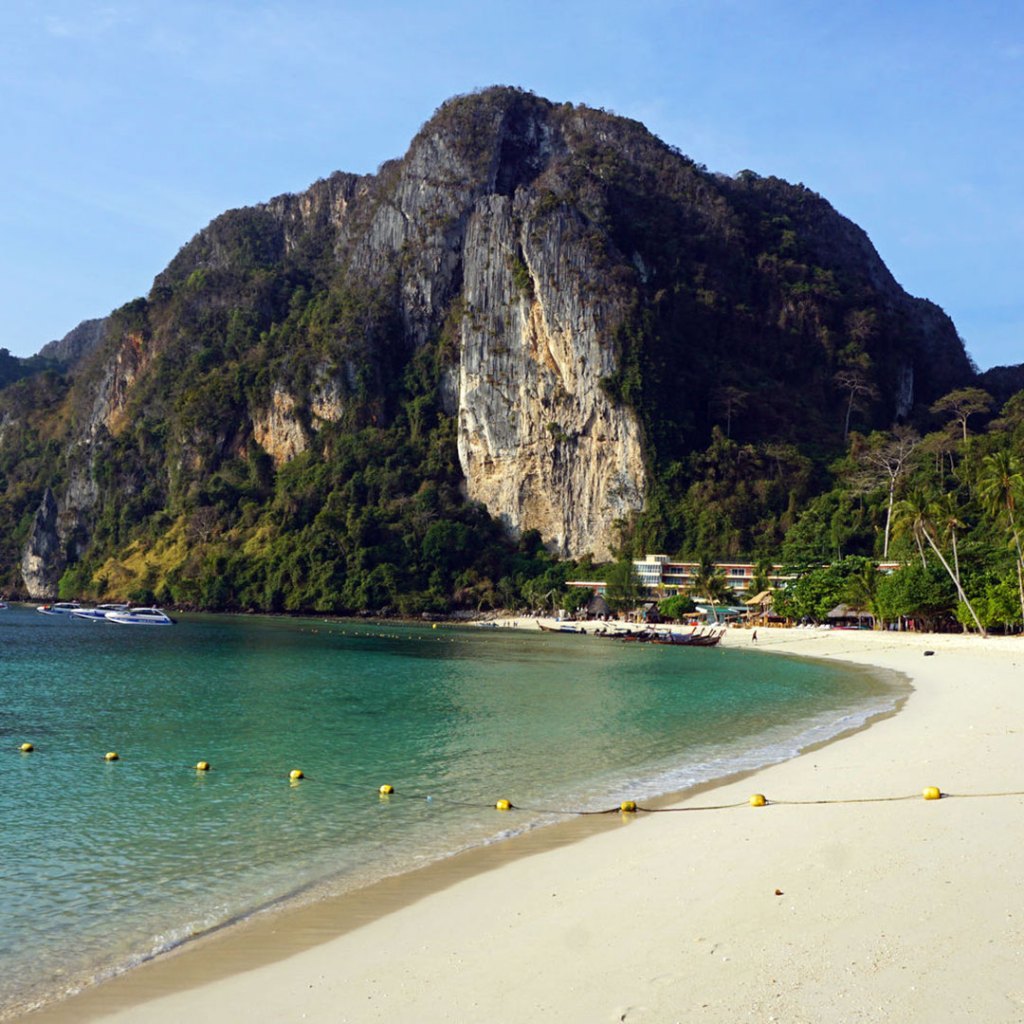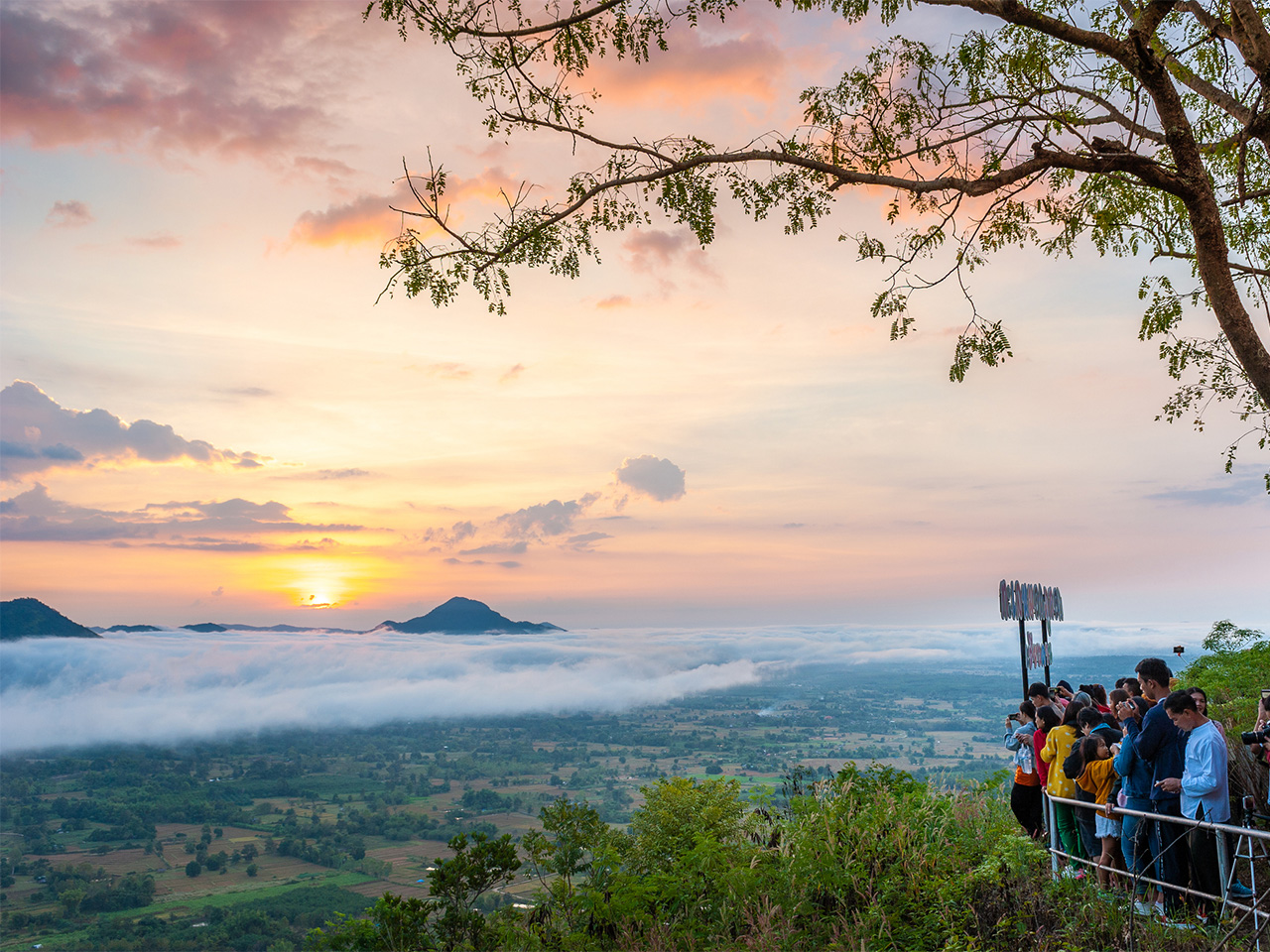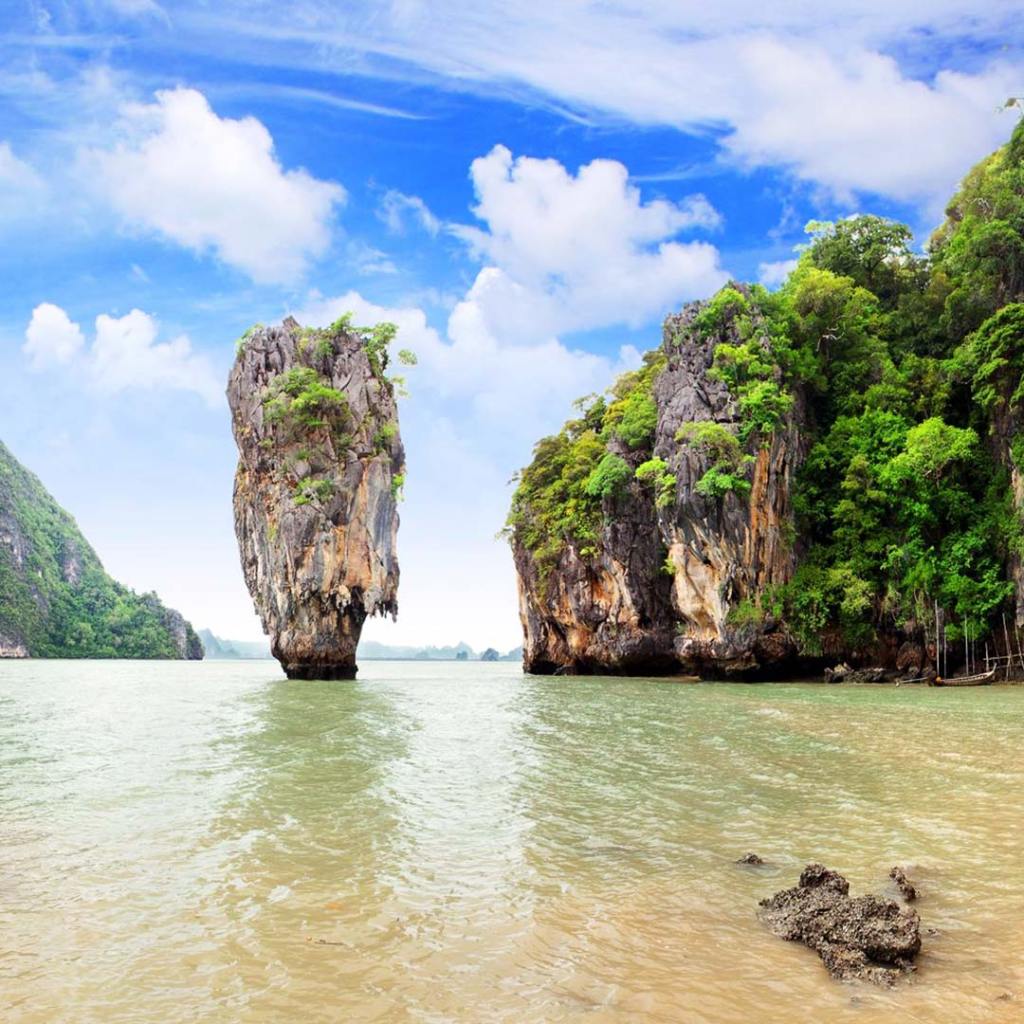Geography and Climate of Thailand
Moving to Thailand means not only getting used to a whole new set of rules and social customs, it means navigating an entirely new physical country too. While a general overview of the lay of the land is helpful for a traveler, for an expat, it’s one of the keys to a successful life.

Country Divisions
Thailand is divided into 75 provinces, called changwat, and one special administrative area that is home to Bangkok and surrounding areas. Although the country is officially divided into six different regions—northern Thailand, northeast Thailand, central Thailand, western Thailand, eastern Thailand, and southern Thailand—many break it down into just four, combining western and eastern Thailand with central Thailand. Each province is further divided into districts, called amphoe, of which there are a little over 900 if you count Greater Bangkok’s different districts (which are confusingly referred to as khet). Within each amphoe are subdistricts called tambon, and within a tambon are moobaan, or villages.
Each of the country’s provinces is named after the province’s capital district, so for example, Chiang Mai is a province and also a capital district. How can you tell whether someone is referring to the province or the district? The former is referred to as changwat Chiang Mai and the latter amphoe muang Chiang Mai.

Geography of Thailand
Located in the center of the Southeast Asian Peninsula, Thailand’s irregular shape defies any easy analog in nature, but it has loosely been compared to the shape of an elephant’s head, with the northern part of the country the animal’s face and ears and the thinner southern part in the Malay Peninsula its trunk. The country is bordered by Burma on much of its western side, with the lower western region bound by the Indian Ocean, by Burma and Laos in the north, and by Laos and Cambodia in the east. The Gulf of Siam cuts a horseshoe shape into the lower central part of the country, and the far southern border is shared with Malaysia.
Thailand covers 512,000 square kilometers (198,000 square miles) of land over four geographical regions. The central region, home to the country’s capital, is the southern part of the river basin of the Chao Phraya River. The northernmost region is mountainous and forested, with four major rivers flowing north to south. The northeast region is mostly flat plateau lands, and the southern region is the Malay Peninsula, with coastline on both sides and hundreds of small islands flanking the landmass.
Newsletter Signup
By clicking ‘Sign Up,’ I acknowledge that I have read and agree to Hachette Book Group’s Privacy Policy and Terms of Use
Thailand’s Climate
With the exception of the southern region, Thailand has three seasons—cool, rainy, and hot. To someone used to a temperate climate, it may be difficult to notice any difference between them, as regardless of the time of year or part of the country, most days are as hot or hotter than a typical North American summer day. The cool season, from November to February, is generally mild, with temperatures in the 20s and 30s Celsius (70s to 90s Fahrenheit). Although there may be occasional showers, this time of year usually sees little rainfall and less humidity. In the north and in the mountains, weather patterns are similar, though temperatures can drop into the low teens Celsius (high 50s Fahrenheit) at night. At the highest elevations these lows can be even colder.
The hot season spans March to May, and it’s during this time of year that temperatures in Bangkok during the day will soar into the mid-30s Celsius (high 90s Fahrenheit), sometimes breaking 38°C (100°F). Chiang Mai won’t feel much better; in fact, temperatures can climb slightly higher there than in the capital. Although it is not the rainy season, rain begins to pick up in April, and May is sometimes one of the wettest months of the year. The rainy season spans June to October, generally peaking in September across the country, when average rainfall in Bangkok is 330 millimeters (13 inches). This is a season of frequent flooding, even in major cities.

The southern part of the country is essentially a tropical rain forest climate, with average temperatures around 30°C (85°F) throughout the year. Rainfall follows a similar pattern as in the rest of the country, though on a slightly different schedule. December through May are the region’s driest months, with little or no rainfall. Beginning in April, rainfall picks up, and the wet weather continues through November.
Newsletter Signup
By clicking ‘Sign Up,’ I acknowledge that I have read and agree to Hachette Book Group’s Privacy Policy and Terms of Use
Pin it for Later


